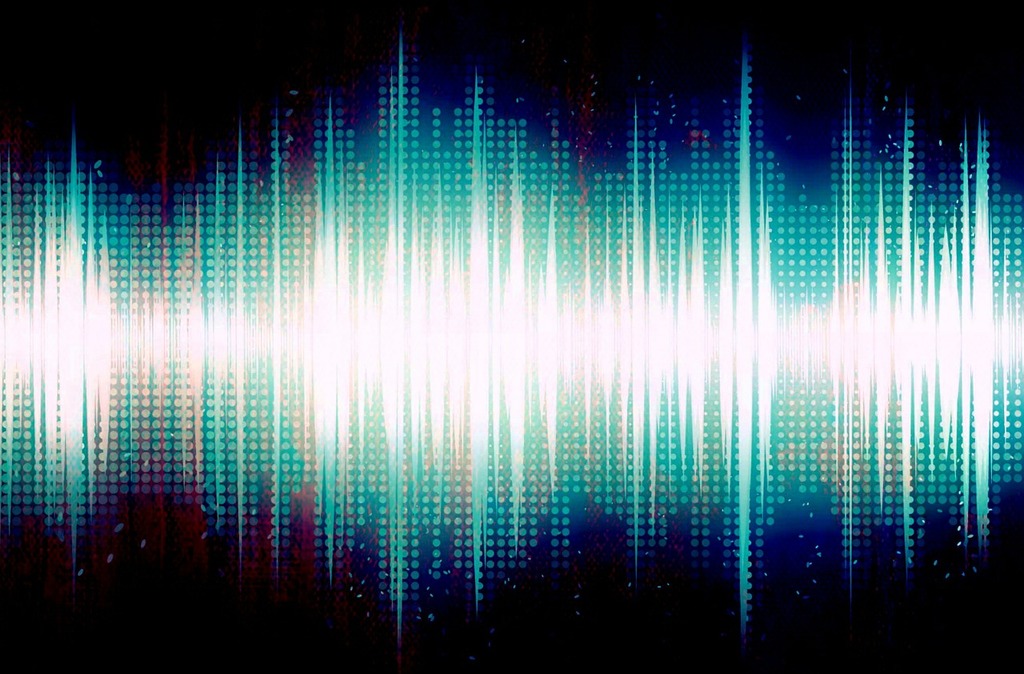Sound waves are all around us, from the crash of thunder booming in the sky to the subtle hum of a guitar string being plucked. But unless you’re an acoustician, you may not realize the power of this invisible force and how it contributes to the way we enjoy the magical power of music. In this article, we’ll dive deep to understand the science behind sound waves and how they shape the songs we love.
1. What are Sound Waves?
Sound is all around us, and you might think that there’s nothing to explain about it. But what really is a sound wave and how does it work?
Sound waves are a type of mechanical wave which needs a material medium (like air, or water) to travel through. It is the same thing as a wave of energy caused by an oscillating pressure, creating vibrations by vibrating the particles in whichever medium it travels through. That’s why sound can travel through the air, water or the walls of a building, but not vacuum.
- Frequency: Sound waves have different frequencies. The frequency is usually measured in Hertz (Hz). Human ears usually detect frequencies anywhere from 20 to 20,000 Hz, which is the range of audible sound. As frequency increases, the pitch of the sound increases as well.
- Amplitude: Sound waves have different amplitudes as well. Amplitude directly affects the loudness of the sound waves; the higher the amplitude, the louder the sound is.
- Wavelength: Wavelength is the length between any two identical parts of two consecutive waves. Wavelength is equal to the speed of the wave (in this case sound wave) divided by its frequency.
Sound waves interact with the objects that they encounter, to produce a variety of sound effects or echoes. This is due to the way the reflected sound waves interact with the original sound wave, causing interference. By understanding the frequency, amplitude and wavelength of sound waves, you can understand how sound travels and can be manipulated to create different sound effects.

2. Exploring the Physics of Music
One of the most fascinating aspects of music is that it is deeply rooted in physical laws and principles. In order to fully understand and appreciate all the elements of a musical composition, investigating the physics of music can be enlightening.
To start, comprehending waveforms is an essential part of music. Waves are undulations that occur in sound, and all of the notes we hear originate as vibrations. These vibrations form into sine or square waves, each possessing its own distinct characteristics that give our music all its unique qualities. Unnumbered lists can be helpful for understanding the waveforms:
- Sine waves consist of smooth, single frequency oscillations.
- Square waves are more abrupt with distinct on and off states.
- Complex waves involve combining various frequencies to create a wave with a more defined shape
The behavior of sound waves is also an integral part of the physics of music. When a wave passes through a medium, it reflects and refracts depending on the properties of the substance. Sound waves that encounter physical objects, like musical instruments or an audience, will behave differently than in open space, resulting in modified tones. What’s more, when two different frequency waves interact, they create an entirely new wave, a process known as interference. It is responsible for echoes, reverberation, and many of our favorite musical effects.

3. Appreciating the Dynamics of Music
The beauty of music lies in its dynamism. Its sound constantly changes as it evolves with time as it speaks to the heart of each individual listening. Despite its malleability, music’s powerful essence remains unchanged. It is one of the few creative art forms that can influence people emotionally and mentally while entertaining and inspiring them.
The dynamics of music can be appreciated by appreciating its many elements. It is composed of various different sections including the melody, harmony, rhythm and timbre. Together, these elements create unique sounds that can evoke different reactions. While providing a sense of accompaniment and togetherness for the listener, music can also reflect their feelings and be a source of comfort.
- Melody is the primary and most recognizable element of a song, typically consisting of a tune and a sequence of notes.
- Harmony is the use of simultaneous chords to create a feeling of support and stability.
- Rhythm is the frequency with which the melody and harmony are placed within a framework of time.
- Timbre is the unique quality of the sound created by a particular combination of instruments or sounds, also known as the tone color.

4. Leveraging the Power of Sound Waves
Sound waves have the power to transform the way we communicate, listen to music, record audio, and much more. For businesses, sound-based technologies can provide a major competitive edge.
From engineering breakthroughs to virtual reality applications, sound waves can be harnessed for a variety of purposes. Here are just a few ideas of how you can make the most of sound waves in business:
- Cutting-Edge Manufacturing: Using ultrasounds, businesses are able to produce products more efficiently than ever before. Ultrasonic machining can be used for drilling holes in metal mechanically and without any wear and tear.
- Virtual Reality: Sound waves can help create immersive experiences in virtual reality. By using binaural recordings, it’s possible to reproduce 3D sound for a fully realized virtual environment.
- Robotics: Ultrasonic technology can be used to build robots that use sound to detect their surroundings. These sound-sensing robots are more agile and precise than ever before.
By , businesses can create solutions to complex problems and operate more efficiently. Sound wave technology is a powerful tool that’s only getting better with time.
Music is the ultimate form of creative expression - and sound waves provideunlimited possibilities. By understanding the science of music, we can discover new ways of creating and enjoying beautiful tunes. Let us continue to explore this beautiful science and its many mysteries, and find joy in music.

